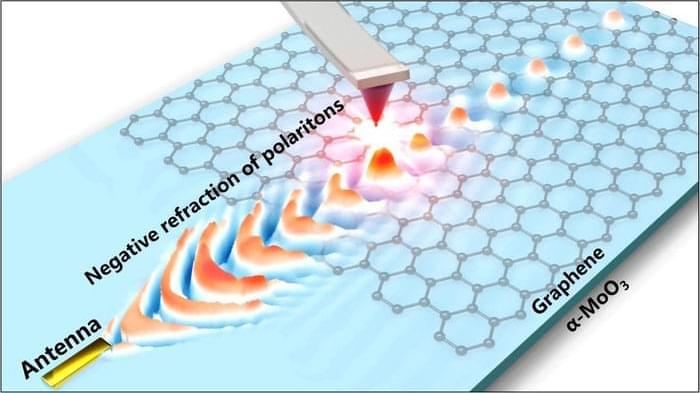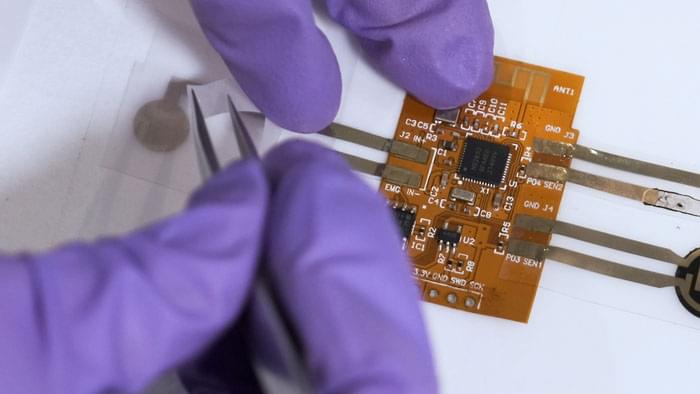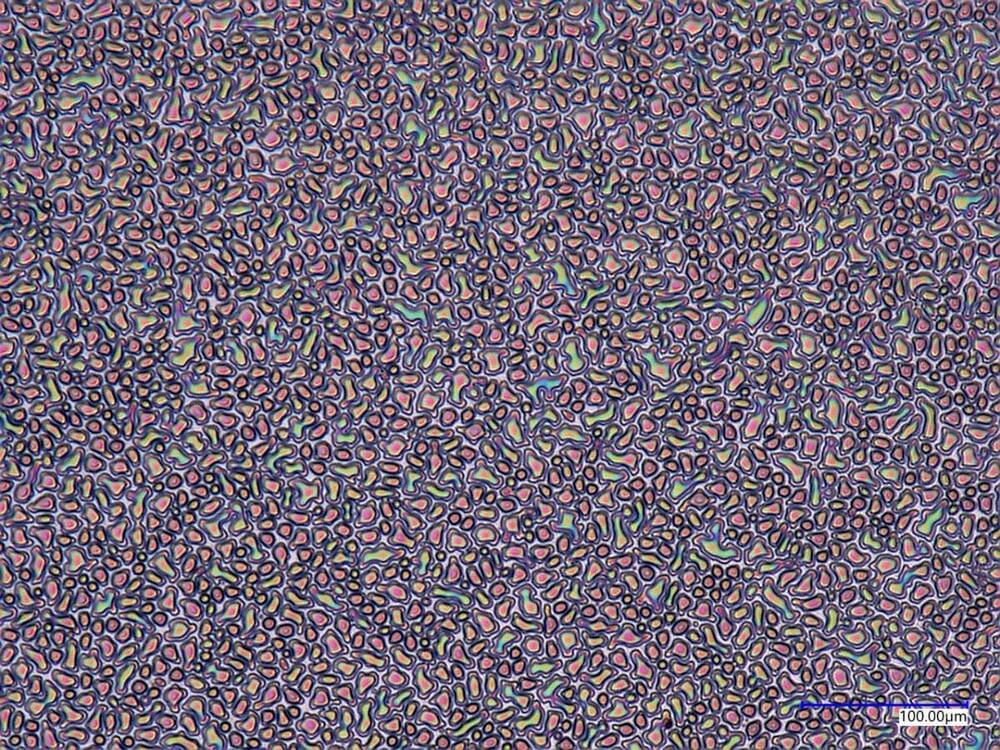Feb 15, 2023
Bionic fingers create 3D maps of human tissue, electronics, and other complex objects
Posted by Dan Breeden in categories: cyborgs, mapping, transhumanism
What if, instead of using X-rays or ultrasound, we could use touch to image the insides of human bodies and electronic devices? In a study publishing in the journal Cell Reports Physical Science (“A smart bionic finger for subsurface tactile-tomography”), researchers present a bionic finger that can create 3D maps of the internal shapes and textures of complex objects by touching their exterior surface.
“We were inspired by human fingers, which have the most sensitive tactile perception that we know of,” says senior author Jianyi Luo, a professor at Wuyi University. “For example, when we touch our own bodies with our fingers, we can sense not only the texture of our skin, but also the outline of the bone beneath it.”
“Our bionic finger goes beyond previous artificial sensors that were only capable of recognizing and discriminating between external shapes, surface textures, and hardness,” says co-author Zhiming Chen, a lecturer at Wuyi University.

















